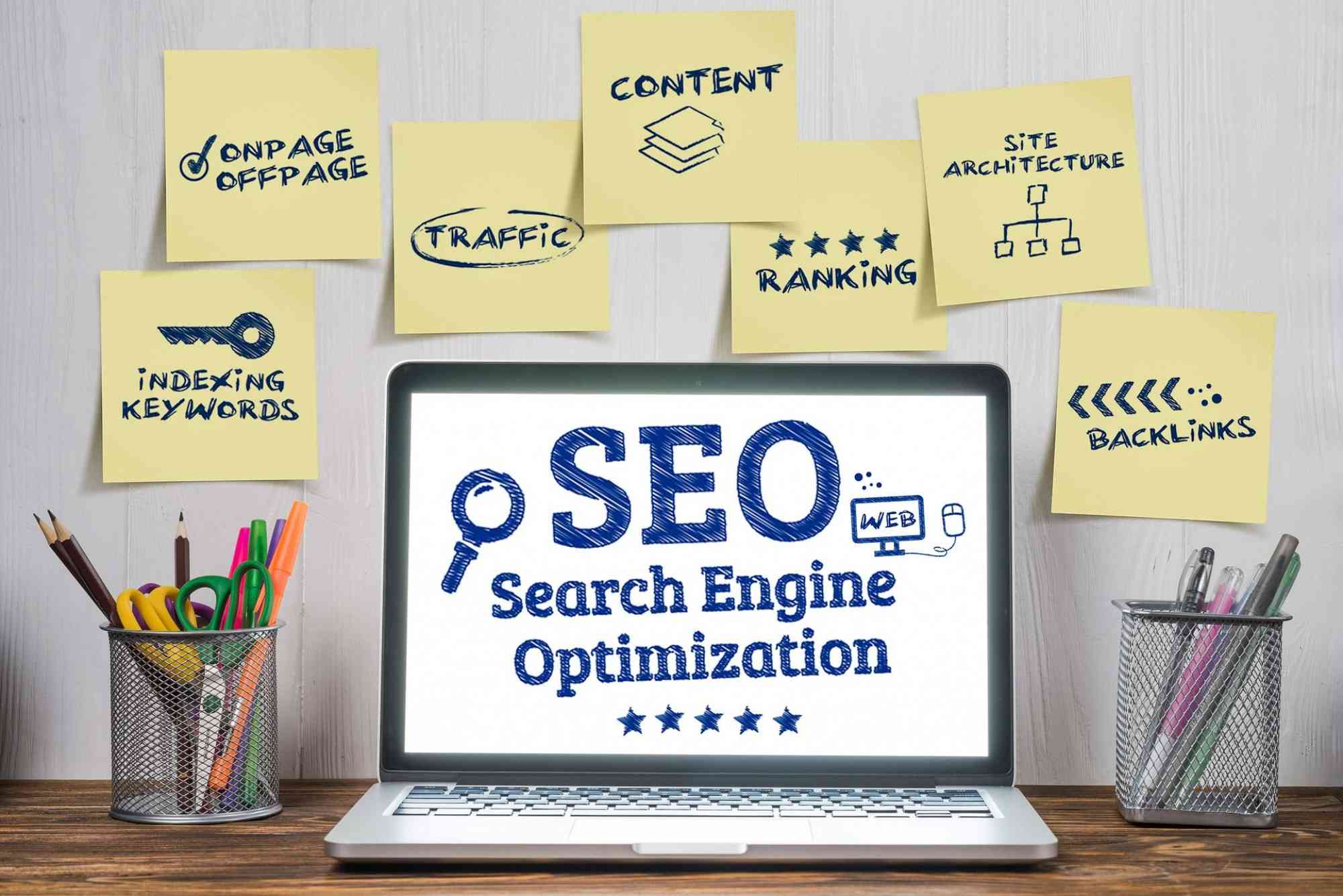Top Benefits of Using an Image Compressor for SEO Optimization
In the digital world, website performance is crucial for capturing and retaining audience attention. One key factor in ensuring a seamless user experience is optimizing images. An Image Compressor is a powerful tool for reducing image file sizes without sacrificing quality, directly influencing your site’s performance and search engine rankings.
What is an Image Compressor?
An Image Compressor reduces the file size of images by eliminating unnecessary data while maintaining quality. This optimization ensures your website loads faster, performs better, and provides an exceptional user experience—key factors that influence your SEO rankings.
Why Image Optimization Matters for SEO
Improved Website Speed: Images are often the largest assets on a webpage. Optimized images ensure quicker load times, which reduce bounce rates and improve user retention.
Enhanced User Experience: Compressed images load seamlessly across devices, making browsing more enjoyable for users.
Higher Search Engine Rankings: Google prioritizes websites with faster load times and high-quality user experiences, making image optimization critical.
Reduced Bandwidth Usage: Smaller image files consume less server bandwidth, saving costs and improving performance for users in regions with slow internet speeds.
Better Mobile Performance: With mobile-first indexing, optimized images ensure smooth loading across all devices, including smartphones and tablets.
How to Use an Image Compressor for SEO
Here’s a step-by-step guide to effectively using an image compressor:
Choose the Right Image Compressor: Select a reliable tool like the Image Compressor by Digital Ranker Dubai.
Upload Your Images: Drag and drop your images into the compressor tool or upload them manually.
Select Compression Settings: Opt for lossy or lossless compression based on your needs. Lossy reduces file size significantly but may slightly affect quality, while lossless preserves quality entirely.
Preview and Adjust: Many tools allow you to preview the compressed image. Adjust settings to achieve the desired balance of quality and size.
Download and Replace: Once compressed, download the optimized image and replace the existing file on your website.
By following these steps, you’ll significantly improve your website’s performance.
Top Benefits of Using an Image Compressor for SEO
To capture the list snippet in SERPs, here’s a comprehensive breakdown:
Faster Load Times: Optimized images enhance website speed, reducing bounce rates and boosting rankings.
Improved User Experience: Faster loading pages create a seamless browsing experience, increasing user engagement.
SEO Boost: Search engines prioritize faster, user-friendly websites in rankings.
Cost Efficiency: Reduced file sizes save server bandwidth, cutting hosting costs.
Mobile Optimization: Compressed images ensure a consistent experience across mobile and desktop platforms.
Step-by-Step Instructions for Optimizing Images
Analyze Your Website’s Images: Use tools like Google PageSpeed Insights to identify large files slowing down your site.
Batch Process Images: Digital Ranker Dubai Location multiple images simultaneously to save time and ensure consistent optimization.
Utilize Plugins for CMS: For WordPress users, plugins like Smush or ShortPixel automate image optimization directly within your CMS.
Monitor Quality Post-Compression: Regularly review compressed images to ensure they maintain clarity and aesthetic appeal.
Schedule Regular Audits: Image optimization is an ongoing process. Regularly audit your website’s assets to keep performance at its peak.
FAQs
1. How does an image compressor improve SEO?
An image compressor enhances website speed, a critical ranking factor for search engines. Faster sites lead to improved user experience and better rankings.
2. Are there any drawbacks to compressing images?
Excessive compression may slightly reduce image quality. It’s essential to balance file size and visual clarity.
3. Can I compress images on mobile?
Yes, many tools like Digital Ranker Dubai offer mobile-friendly versions for on-the-go optimization.
4. How often should I optimize my images?
Optimize images during the upload process and conduct regular audits every few months.
5. Is there a difference between lossy and lossless compression?
Yes, lossy compression reduces file size significantly with minimal quality loss, while lossless retains original quality but offers less size reduction.
Related Resources
- Learn more about tools for SEO optimization at Digital Ranker Dubai Location.
- Optimize your site’s images with Image Compressor by Digital Ranker Dubai.



